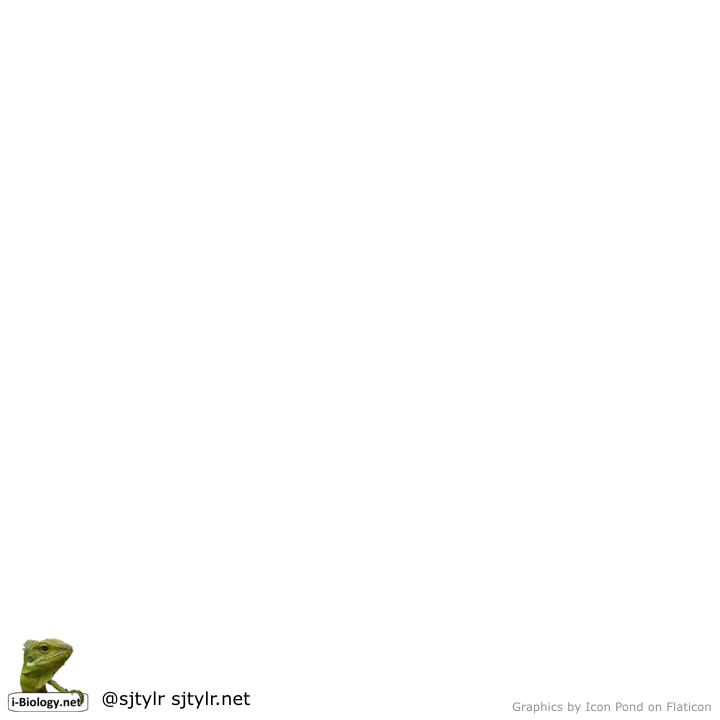Shortlink to this resource: is.gd/mypassess
Update Sept. 5 2017 based on edits summarized in this update from the IB.
Big Update Dec. 2 2017: added subject group overview (curriculum articulation) tabs for each subject group, with data validation for key, related concepts, ATL.
If you find this useful, please consider making a donation to one of my chosen charities through Biology4Good.
……….o0O0o…………
Capturing the Criteria (and the Curriculum)
After some parent-teacher conferences recently, I was asked to show all of the MYP assessment criteria together and realised I couldn’t find something that met our needs for a single-reference, quick overview of the MYP assessment objectives and criteria.
 Here is an attempt to put the big ideas and rubrics together in one place, so that colleagues can quickly see vertical and horizontal articulation and connections, and so that parents have a resource to hand to help understand assessment.
Here is an attempt to put the big ideas and rubrics together in one place, so that colleagues can quickly see vertical and horizontal articulation and connections, and so that parents have a resource to hand to help understand assessment.
You might find it useful.
To make your own copy, click “File –> Make a copy”.
……….o0O0o………..
Disclaimers:
- This involved a lot of clicking and is bound to have some errors. Big thanks to Mitsuyo-san, our data secretary, who helped with this.
- Descriptors in bold did not make it across from text to spreadsheet. Use original descriptors in student assignments.
- This is intended only as an overview of the programme. Teachers must exercise caution with this, and default to the published guides on the OCC for assessment rubrics, clarifications, rules and guidance.
………o0O0o……….
Zooming In: Focus on what’s important in assessment
Edit: added 3 May 2017
Why the green bands?
In each of the subject-area bands, you’ll find the Level 5-6 row accented with green. This is part of something I’m trying to work on with colleagues and students in terms of zooming into the objectives-level of assessment, and was something I used in #HackTheMYP.
The basic idea is this:
As a model of a 4-band rubric, we typically see the third band as ‘meets objectives‘. This means that the rows below are approaching and above are exceeding.
-
-
- Try it: add up the scores for all 5, all 6 or a combination thereof. What does it come to when you apply the total to the 1-7 conversion chart? This is the kid that meets the outcomes of our core curriculum.
-
When we get rubrics wrong
When we focus only on the top-band descriptors we may inadvertently end up doing one of two things:
- Causing students to get stressed by default as they’re aiming for the ‘exceptional’ descriptors first. “The gap” between where they are and want to be is too big; or,
- Falsely making our core expectations for all students fit the 7-8 band, thus leaving nowhere to go from there – creating a “low ceiling” and no room for extension into genuinely meeting those top descriptors.
If we zoom into the 5-6 band first – in task design and as a student – we are able to set an appropriate expectation for all learners, see how and where to scaffold and support those who need it, and provide a “high ceiling” for innovation, application, analysis, synthesis, etc.
-
- In essence, we can use it to differentiate up.
It should then become easier to create the task-specific clarifications. If we can clearly describe the 5-6 “core” band first, we should then make sure that the levels above and below can be really clearly distinguished. In my experience, this is easier than starting at the top and working back.
If you’ve tried this idea (or similar), how did it go?
……….o0O0o……….
The Single-Point Rubric
For a similar discussion and great resources, but in an SBG context, check out Jennifer Gonzalez’s (@cultofpedagogy) posts on the “single point rubric”:
Creating a task-specific clarification in MYP that “Zooms In” to Level 5-6 can save you a lot of time and provide clarity in the single-point sense.
……….o0O0o……….
Beware of Reductive Rubrics
Here’s an animated gif, made in the Keynote 9, that is a rebuild of an animation I have used in the past. It was inspired by a cartoon that I can’t track down again and would love to find. The intention goes along with the project above: consider the rubric as a launchpad for the outcomes, not the limits. Don’t over-describe the higher achievement levels.

……….o0O0o…………
Webb’s DOK 4 As A Filter For Transfer
A more detailed post on this is here, but some key ideas:

- DOK (Depth of Knowledge) is a complementary construct to the success criteria that can give support in levels of thinking. The command terms are very similarly defined.
- In the “Cultures of Thinking” sense, we could be reflecting on “what thinking moves are required here?” from the understanding map.
- Webb’s DOK is not a wheel and is not Bloom’s. Check out this post from Erik Francis for ASCD.
- With the guiding question “how else can this be used?”, DOK 4 acts as a Filter for Transfer, and can be accessed from each of levels 1-3.

Thank-you for your comments.